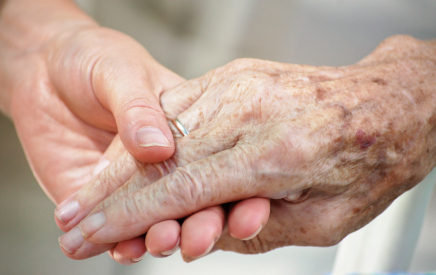From abysmal to mediocre: Encouraging hand hygiene
Here’s my latest article on McKnight’s Long-Term Care News:
From abysmal to mediocre: Encouraging hand hygiene
As a consultant in long-term care, I learned how to properly wash my hands by reading the hand hygiene poster hung above the sink at one of my first nursing homes.
I’ve gotten more diligent over the years (read: paranoid), making an effort to sanitize my hands as I move from room to room, but I wonder about those whose roles in long-term care don’t specifically emphasize infection control procedures.
While infection control is an integral part of training for most staff members, there are many other people in facilities — visitors, volunteers, vendors and residents, among others — who might not fully recognize the importance of hand washing to prevent the spread of infection.
In fact, a recent study suggests that even those who should know better don’t wash their hands as often as they should. Researchers found that doctors in a California hospital had a hand hygiene compliance rate of about 22% when they didn’t realize they were being observed and a rate of 57% when they recognized that the infection control staff was watching them.
The research paper is titled, “Hawthorne Effect in Hand Hygiene Compliance Rates,” referring to the change in behavior due to being observed. To me, however, the takeaway is that hand hygiene compliance rates range from being abysmal to mediocre. Clearly, this is an area that needs more attention.
A study presented at this month’s Association for Professionals in Infection Control and Epidemiology conference suggests a novel method of increasing hand-washing compliance.
Because prior research had found success in appealing to emotional motivators such as disgust in changing hand-washing behavior, investigators exposed subjects to unappealing photos of bacterial contamination. This visual exposure helped participants imagine the contamination on their own hands and increased their likelihood of hand washing by 11% to 46%.
We could call it the “Eww, Gross! Method.”
Other techniques suggested by infection control and other researchers to increase hand hygiene compliance are below:
• Publishing (in-house) rates of hand-washing observance for each unit to create a healthy sense of competition. The best team could be rewarded, perhaps with pizza or a special lotion to soothe frequently cleansed hands.
For the entire article, visit:
From abysmal to mediocre: Encouraging hand hygiene


